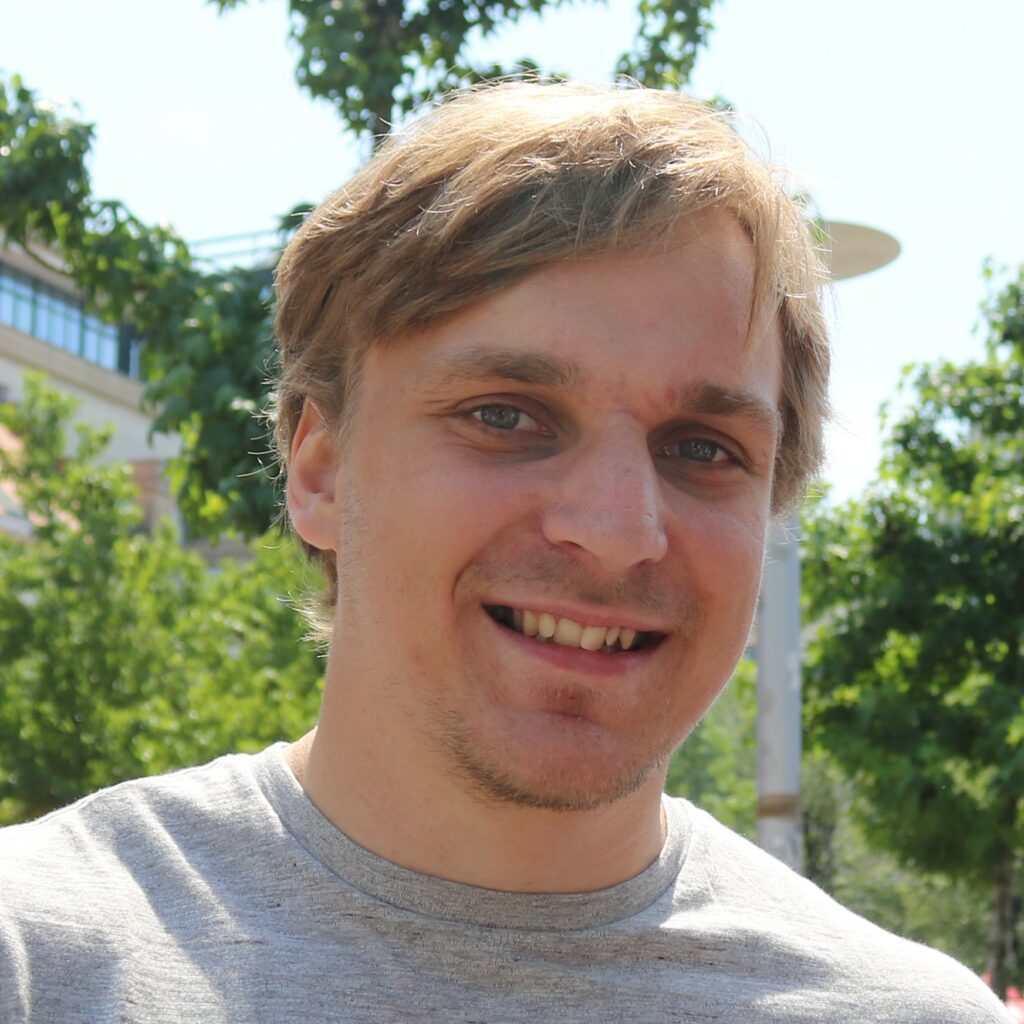Wilhelm Brodin, Master programme in cognitive science, year 1
Supervisor: Erik Prytz
Focus area: Human Factors
The study aims to investigate situations, where laypersons have aided in a serious accident involving massive bleeding. For a bystander; what in the situation was difficult? Was there something the person wished they had known or been able to do? Were there aggravating factors in the environment?
The study is an interview study performed according to Critical Decision Method (CDM). CDM is a framework interview technique, where a timeline forms a structure to discuss around, and that can be applied to decision making in the natural milieu of the incident. CDM is especially developed for decision points that are a part of the incident where a decision was made. What factor in the incident made the person make that particular decision? There is previous research on intent to aid at an accident site but studies on bleeding and bleeding control are lacking. Study participants are to be recruited via volunteer organizations and the study is preparatory for creating a high fidelity scenario for simulating massive bleeding.
We expect to find aspects of the real-life situations of first aid for massive bleeding, that we can apply and use in training development, to match what is taught and what laypersons actually need to know
